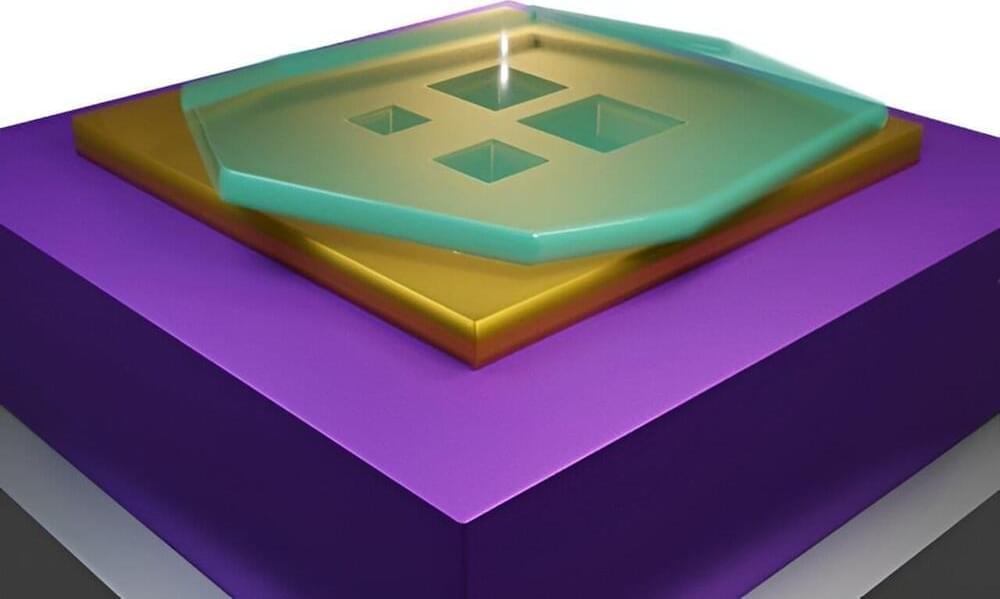In a significant leap forward for quantum nanophotonics, a team of European and Israeli physicists has introduced a new type of polaritonic cavities and redefined the limits of light confinement. This pioneering work, detailed in a study published in Nature Materials, demonstrates an unconventional method to confine photons, overcoming the traditional limitations in nanophotonics.
Physicists have long been seeking ways to force photons into increasingly small volumes. The natural length scale of the photon is the wavelength and when a photon is forced into a cavity much smaller than the wavelength, it effectively becomes more “concentrated.” This concentration enhances interactions with electrons, amplifying quantum processes within the cavity.
However, despite significant success in confining light into deep subwavelength volumes, the effect of dissipation (optical absorption) remains a major obstacle. Photons in nanocavities are absorbed very quickly, much faster than the wavelength, and this dissipation limits the applicability of nanocavities to some of the most exciting quantum applications.
